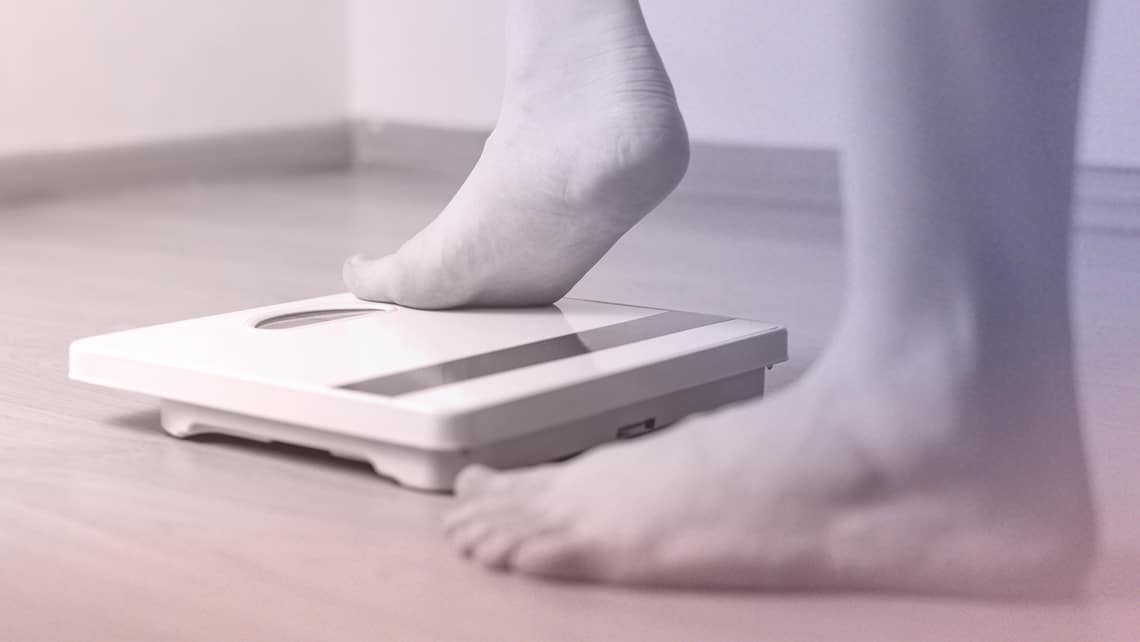
Obesity and female fertility
Índice
The extent of the issue
Obesity is a public health issue both in the general population and in women of childbearing age. The figures are a proof of this and, far from improving, the problem has been getting progressively worse over the last few years.
Wordwide. In 2015, approximately 604 million adults were obese worldwide, representing 12% of the world’s population. Since 1980, the prevalence of obesity has doubled in more than 70 countries and has also continued to increase in most other countries. Rates of increase were highest during early adulthood (childbearing years). Furthermore, in 2015, at all socioeconomic levels and for all age groups, the prevalence of obesity was higher for women than for men.
United States. According to data collected for NHANES from 1988 to 1994, from 1999 to 2000 and from 2017 to 2018, the overall age-adjusted prevalence of obesity in the United States progressively increased from 22.9 to 30.5 to 42.4 per cent.
The age-adjusted prevalence of grade 3 obesity (Body Mass Index [BMI] ≥40 kg/m2), termed severe obesity, affects 11.5 per cent of adult women.
Projections using extrapolated data from BRFSS and NHANES suggest that by 2030, nearly half of all US adults will be obese and nearly a quarter will be severely obese.
Europe. According to the WHO, the prevalence of obesity in many European countries has tripled since 1980.
Spain. The estimated prevalence of overweight in the adult population (25-64 years) is almost 40% and that of obesity is 22% and increases with age. If the current rate of growth continues, there will be 27.2 million overweight adults in Spain by 2030.
The impact of obesity on fertility
Most studies show a link between an increase in BMI and subfertility.
Females. Fertility issues in obese women are, in most cases, linked to ovulatory dysfunction and, in some cases, to polycystic ovary syndrome. Furthermore, it should be highlighted that in women with normal ovulatory cycles, obesity itself is linked to a lower spontaneous pregnancy rate and an increase in the time taken to get pregnant. This is an important factor in this day and age when maternity is being delayed more and more due to social constraints. Some studies show that the levels of anti-Müllerian hormone (the hormone that indicates ovarian reserve) are 34% lower in women between 18 and 35 years of age who are obese and have normal ovulatory cycles in comparison with women who are not overweight. Eggs quality is also compromised.
What this tells is that obese women will have more issues getting pregnant naturally, will take longer to do so and also have less real time in which to do so, even if they have apparently normal cycles, because they appear to have a lower ovarian reserve.
Males. Subfertility in overweight men goes hand in hand with a deterioration in semen quality due to a decrease in the number of spermatozoa and a decrease in sperm motility. In addition, in obese men, erectile dysfunction may be associated, which further aggravates the situation.
Ovulation induction in obese women
The data is contradictory. Some studies conclude that results in courses of treatment are worse in obese women (insufficient follicle development and a lower oocyte count) whilst others indicate similar results in obese women and women who are not obese. The latter only highlight the need to use larger doses of ovulation induction drugs.
Assisted reproduction treatment (ART) in obese women
The data suggests that, as woman’s BMI increases, there is an increased failure rate following ART (IVF: In vitro fertilisation; ICSI: Intracytoplasmic sperm injection). This has been linked to a decrease in the quality of the oocytes obtained, worse ovarian response, worse endometrial quality or a combination of these factors.
A meta-analysis analysing 48,000 cycles of IVF/ICSI confirms a lower clinical pregnancy and live newborn infant rate and a higher spontaneous pregnancy loss rate in women with a BMI > 25 kg/m2, in comparison with women who have a normal BMI. An increased number of other types of complications, such as ectopic pregnancies, ovarian hyperstimulation syndrome and so on, has not been demonstrated.
The study of the impact of excess weight in oocyte recipients yields conclusive data. There’s a progressive decrease in the live birth rate as the Body Mass Index (BMI) of the recipient woman increases, reaching a 27% reduction when the BMI is 40 kg/m2 or higher.
Recommendations
Several observational studies have found that weight loss in obese women with fertility issues improves ovulation frequency and the chances of getting pregnant. The suggestion would seem to be that all obese women who wish to get pregnant should consult a team of experts in the field so that they can assess their case taking into account all the factors that are in play (the mother’s age, ovarian reserve, the extent of the obesity issue and possible consequences). By doing so, they can design a strategy with realistic, personalised and appropriate objectives.
Dr Pino Navarro, endocrinologist. Director of the Endocrinology and Nutrition Department at Instituto Bernabeu
Find out about the medical unit “endocrinology and nutrition at Instituto Bernabeu”
